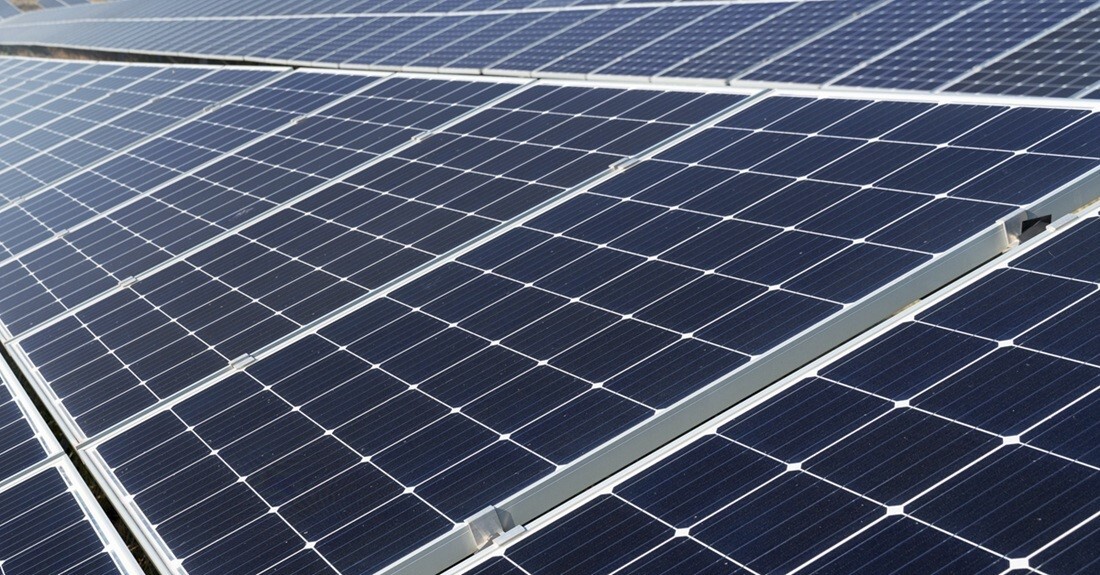

Aluminium’s strength and adaptability are transforming the way solar power is integrated into commercial spaces, exemplified by a Brisbane shopping centre that now features a 250 kW prefabricated solar shade structure completed in only three weeks.

Image used for reprentational purpose
Widely used in solar canopies for its lightweight strength, corrosion resistance and recyclability, aluminium forms the backbone of the Warner Marketplace installation delivered by Sydney-based Canyon Solar in partnership with Smart Commercial Solar and Woolworths.
The project used 36 prefabricated pods mounted on 11 columns, each anchored with screw pier foundations, some reaching depths of up to 9 metres due to poor ground conditions. The structure is fully waterproof, incorporates integrated lighting and has provision for electric vehicle DC fast chargers.
Canyon Solar founder and Chief Executive Officer Will Beaumont said strict requirements to minimise disruption to shoppers prompted the decision to install the high-span pods — the largest spanning 14.7 metres — using night-time crane lifts.
Also read: ALuminium Wires & Cables - Insights & Forecast to 2030
He said, “The only feasible way of doing this without shutting down the car park was to do it overnight,” Beaumont said. Planning took about a month, including approvals from shopping centre management, a detailed construction management plan and safety logistics for delivering five semi-trailer loads of pods. This also involved two crane crews, one crew for the 60 tonne mobile crane and one crew for the 25 metric ton franna crane.”
Beaumont said the project validated the company’s belief in the speed and cost benefits of prefabricated systems, marking a major milestone. He noted that the solar canopy was completed faster and at a lower cost than competing in-situ systems, which can take up to three months to build at a similar scale.
Prefabrication gains momentum
Since completing its first commercial project two years ago, Canyon Solar has installed nearly 2 MWp of prefabricated solar canopies and has 1.5 MWp in the pipeline.
“If you want shade and installed solar capacity it is now a no-brainer to combine these two into a solar canopy,” Beaumont said. “Our prefabricated system can be installed at least three times faster than traditional systems and outcompetes rooftop solar on a dollar-per-watt basis.”
He added that the cost is competitive with installing both shade cloth and rooftop solar, but with significant benefits. “Unlike shade cloth our solar canopy is fully waterproof, has a design life of 30 years, double that of shade cloth and shows a commitment to sustainability that shoppers can actually see.”
Also read: H&H Aluminium launches India’s largest solar frame plant
With solar PV structures requiring around 21 kg of aluminium per kW of capacity, or roughly 21 tonnes per MW the Warner Marketplace installation represents a sizeable aluminium footprint.
For larger projects such as a 53.9 MWac facility, that figure would exceed 1,130 tonnes. Aluminium accounts for over 85 percent of the material content in most PV modules, primarily in frames and mounting structures, making it central to the expansion of sustainable solar infrastructure worldwide.
Note: To feature your brand and share insights, contribute an article or interview in our forthcoming e-magazine "American ALuminium Industry: The Path Forward."
Responses








